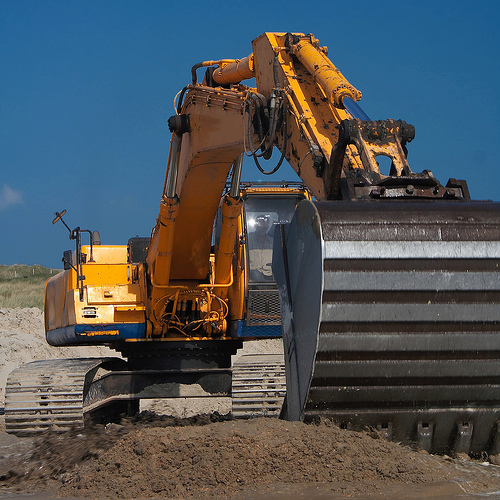Whether the policy domain is global climate change or local hazardous waste, it’s exceptionally important to understand the interaction between public policies and technological change in order to assess the effects of laws and regulations on environmental performance. Several years ago, my colleagues - Professor Lori Bennear of Duke University and Professor Nolan Miller of the University of Illinois – examined with me the effects of regulation on technological change in chlorine manufacturing by focusing on the diffusion of membrane-cell technology, widely viewed as environmentally superior to both mercury-cell and diaphragm-cell technologies. Our results were both interesting and surprising, and merit thinking about in the context of current policy discussions and debates in Washington.
The chlorine manufacturing industry had experienced a substantial shift over time toward the membrane technology. Two different processes drove this shift: adoption of cleaner technologies at existing plants (that is, adoption), and the closing of facilities using diaphragm and mercury cells (in other words, exit). In our study, we considered the effects of both direct regulation of chlorine manufacturing and regulation of downstream uses of chlorine. (By the way, you can read a more detailed version of this story in our article in the American Economic Review Papers and Proceedings, volume 93, 2003, pp. 431-435.)
In 1972, a widely publicized incident of mercury poisoning in Minamata Bay, Japan, led the Japanese government to prohibit the use of mercury cells for chlorine production. The United States did not follow suit, but it did impose more stringent constraints on mercury-cell units during the early 1970’s. Subsequently, chlorine manufacturing became subject to increased regulation under the Clean Air Act, the Clean Water Act, the Resource Conservation and Recovery Act, and the Comprehensive Environmental Response, Compensation, and Liability Act. In addition, chlorine manufacturing became subject to public-disclosure requirements under the Toxics Release Inventory.
In addition to regulation of the chlorine manufacturing process, there was also increased environmental pressure on industries that used chlorine as an input. This indirect regulation was potentially important for choices of chlorine manufacturing technology because a large share of chlorine was and is manufactured for onsite use in the production of other products. Changes in regulations in downstream industries can have substantial impacts on the demand for chlorine and thereby affect the rate of entry and exit of chlorine production plants.
Two major indirect regulations altered the demand for chlorine. One was the Montreal Protocol, which regulated the production of ozone-depleting chemicals, such as chlorofluorocarbons (CFCs), for which chlorine is a key ingredient. The other important indirect regulation was the “Cluster Rule,” which tightened restrictions on the release of chlorinated compounds from pulp and paper mills to both water and air. This led to increased interest by the industry in non-chlorine bleaching agents, which in turn affected the economic viability of some chlorine plants.
In our econometric (statistical) analysis, we analyzed the effects of economic and regulatory factors on adoption and exit decisions by chlorine manufacturing plants from 1976 to 2001. For our analysis of adoption, we employed data on 51 facilities, eight of which had adopted the membrane technology during the period we investigated.
We found that the effects of the regulations on the likelihood of adopting membrane technology were not statistically significant. Mercury plants, which were subject to stringent regulation for water, air, and hazardous-waste removal, were no more likely to switch to the membrane technology than diaphragm plants. Similarly, TRI reporting appeared to have had no significant effect on adoption decisions.
We also examined what caused plants to exit the industry, with data on 55 facilities, 21 of which ceased operations between 1976 and 2001. Some interesting and quite striking patterns emerged. Regulations clearly explained some of the exit behavior. In particular, indirect regulations of the end-uses of chlorine accelerated shutdowns in some industries. Facilities affected by the pulp and paper cluster rule and the Montreal Protocol were substantially more likely to shut down than were other facilities.
It is good to remember that the diffusion of new technology is the result of a combination of adoption at existing facilities and entry and exit of facilities with various technologies in place. In the case of chlorine manufacturing, our results indicated that regulatory factors did not have a significant effect on the decision to adopt the greener technology at existing plants. On the other hand, indirect regulation of the end-uses of chlorine accelerated facility closures significantly, and thereby increased the share of plants using the cleaner, membrane technology for chlorine production.
Environmental regulation did affect technological change, but not in the way many people assume it does. It did so not by encouraging the adoption of some technology by existing facilities, but by reducing the demand for a product and hence encouraging the shutdown of facilities using environmentally inferior options. This is a legitimate way for policies to operate, although it’s one most politicians would probably prefer not to recognize.



